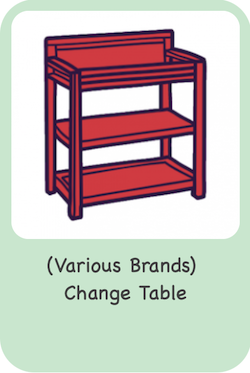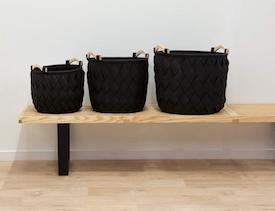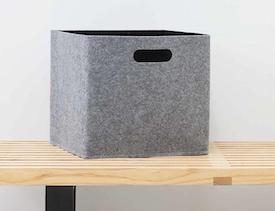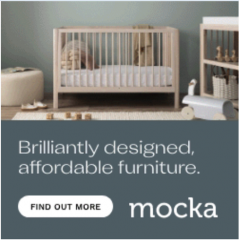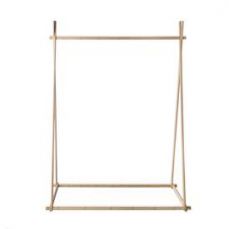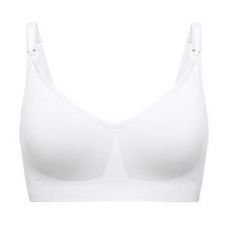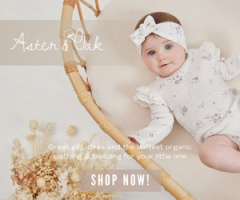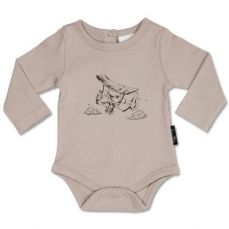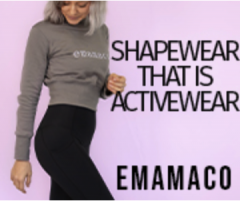Baby clothes storage ideas Clothes Suitable for stages: Pregnancy, 0 - 3 Months, 3 - 6 Months, 6 - 12 Months, 12 - 18 Months, 18 - 24 Months
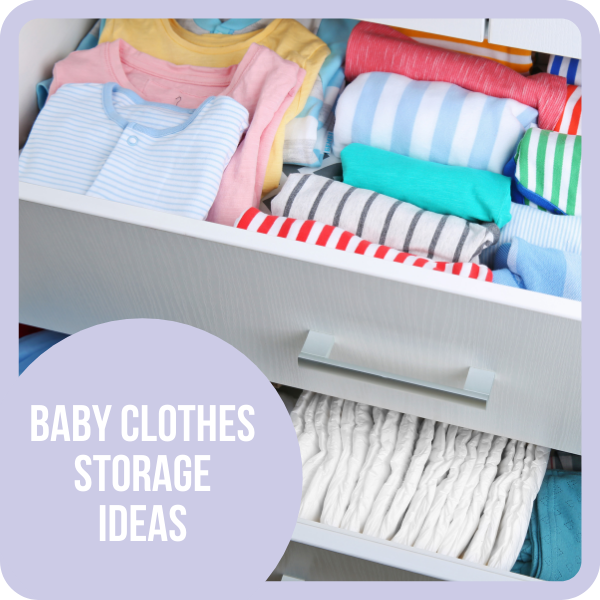

Baby clothes are tiny but there can be so many of them in so many different sizes and for different seasons. When you receive hand-me-down clothes plus you are gifted clothes, then you also purchase clothes, it doesn't take long before the overwhelm can set in and you are wondering where to start to get organised.
Baby clothes sizes can be confusing at first so that is why we developed the following size guides (see below). These size guides are based on average-sized baby boys and girls and the Australian Standards for clothing sizes. Of course, your baby may be premature or oversized so this is a guide only for helping towards working out what clothes you will need and in what sizes. There are two charts because boys are on average a bit bigger than girls.
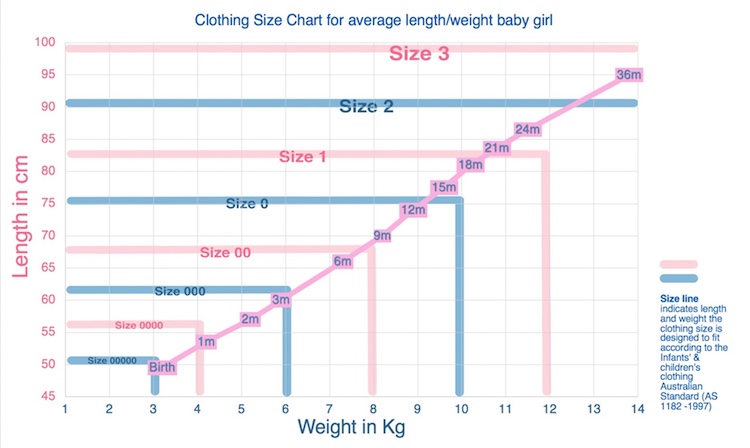
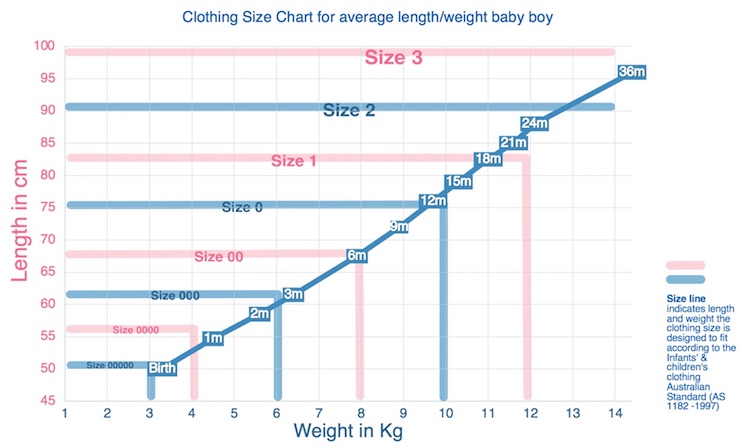
Effective organisation has a lot to do with how much of everything you have. If you are using the BabyPeg tools to keep you organised with what you want, need and have, hopefully, you don't have too many double-ups.
The best way to store clothes is a combination of hanging space and drawer space.
Baby clothes are too small for regular hangers, so you can buy a set of baby hangers or telescopic children's hangers (which adjust to fit the clothes as they get bigger) and you can add size rack rings to help you find the size you need. If you don't have spare hanging space, or want to encourage independence with a rack your toddler can reach, you can buy a kids garment rack from eBay or Mocka have the kids house hanger and Minka A-Frame - Small and Large.
If you need to buy a drawer set, you can choose an option with the change table tray on the top (which can be removable) or a combination of drawers and open shelves where you can have pull out baskets. Mocka have a range of change table options and drawers to consider. The Baby Bunting eBay Store have wooden and folding metal frame change tables to consider. Where you are buying wood furniture and you can afford to, opt for sustainably sourced solid wood with a non-toxic finish or paint.
Since those baby clothes are so small, it is useful to know how to fold them and store them in the drawers (click the link for a YouTube video tutorial) so that you can see what you have and access them easily. You can also store the clothes in a drawer organiser such as the low-cost and practical option available from Ikea - the SKUBB drawer organiser set or a socks/underwear draw organiser (eBay).
For dirty clothes, sometimes these need to be rinsed straight away, soaked or put in a dry pail. If they are not too soiled, you might want a dirty clothes basket to give dirty clothes a place to go before you take them to the laundry. Mocka has a range of baskets and boxes for storing all sorts of things for baby.
Having a container or bag on hand to throw clothes into as baby grows out of these can help you stay organised. Once the bag or box is full, label the box for storage or go through these to decide what you want to give to charity, what can be thrown out, and what you can give as hand-me-downs.
You can also buy baskets and containers from a range of retailers for storing less-used items in high cupboard shelves. You can get heavy duty storage containers on eBay or the strongest containers for long term storage are the Australian Made Willow Classique containers but these are hard to find online. Long term storage of clothes in a plastic vacuum storage bag can leave them with a strange smell, but in saying this, washing everything after being in storage is recommended anyway. There are other clothes/quilt/blanket storage bags that can do the job too.
Hopefully, that's enough information to get you thinking about how you want to store and organise your baby's clothes and keep in mind how you will adapt as they grow.
Happy shopping!
Please note: Above all, any information on this website aims to provide general ideas for informational and educational purposes only. We encourage users to investigate several information sources, including, where necessary, independent individualised medical advice before making any decisions that could affect you or your child’s health or wellbeing.
* BabyPeg participates in various affiliate programs and may earn a commission for referring our users through the links provided. This is at no additional cost to our users. We take great care in choosing products and services which align with the mission of promoting better health and wellness for our BabyPeg community. Where possible, products are tried and tested by us. To continue to provide BabyPeg as a free service and reach as many parents as possible, we appreciate your support in using the link provided to purchase if you decide the product is right for you.
